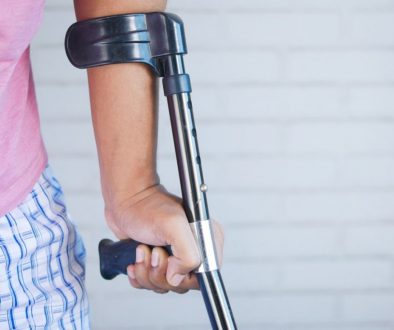How To Find A Healthy City To Live In

It’s fair to say that city living is probably the least healthy option to choose in life. But of course, they’re still perfectly livable. While no city has a perfect crime rate with zero pollution and no risks to safety, some are better than others. If these things are important to you (such as having access to green space), then learning to find one that fits your personal needs can be important. Let’s consider what that might look like:
Find Residences In Proximity To Large Parks
Having access to green spaces is pretty important for overall health, and luckily city planners understand this. That means cities with well-maintained parks and natural areas are worth focusing on, because they allow you to keep up with outdoor activities like walking, cycling, and sports. Now, no one would call New York City a green haven because of Central Park, but it makes a difference for sure. When exploring for a place you might move to, look for neighborhoods with parks nearby. If you’re visiting, take a small note of how easy it is to reach these spaces from residential areas. For a trial run, consider staying in short term rentals near major parks to see how well the city integrates green spaces into its design. This can also help you check how comfortable living here is for you.
Consider Their Urban Renewal Philosophy
A city’s approach to urban renewal says a lot about its values and its long-term development strategy. It’s not just greenery either, as cities that focus on improving pedestrian areas, sustaining historic districts, and creating bike-friendly routes often have healthier, happier residents who care about the city and want to see it thrive. These programs and decisions not only promote active living but also reduce reliance on cars, which helps cut down on pollution too, despite what some may think about that. Is there a perfect city for this? Not at all, most are a work in progress. But having that opportunity can feel highly important.
Look At Development Trends Over Years
A healthy city is one that grows thoughtfully, at least in the last twenty years when these topics gained more thought. While rapid expansion could suggest a good economy it also may mean reducing livability. Many people are making that criticism of Texas, whose cities have exploded in population over time. Look at data on how the city has developed over the years. Have they built infrastructure to keep up with population growth with that, or are reports citing a specific need to fix this issue? Are neighborhoods designed for people or just for cars? Depending on the lifestyle you hope to lead, all of this can be more relevant than you had imagined.
With this advice, we hope you can more easily find a healthy city to live in and benefit from that going forward! Remember, living in a healthy, livable place is never asking for too much. Just be sure to ask the right questions.



